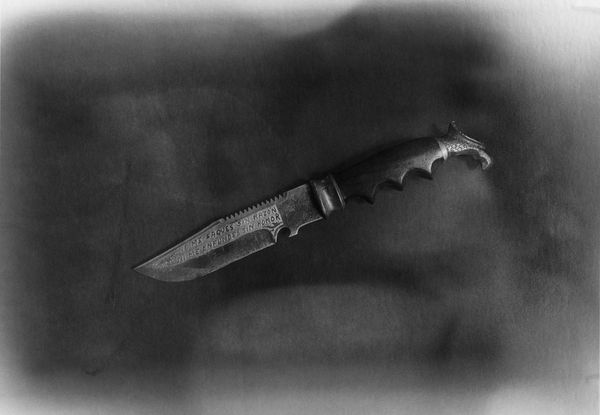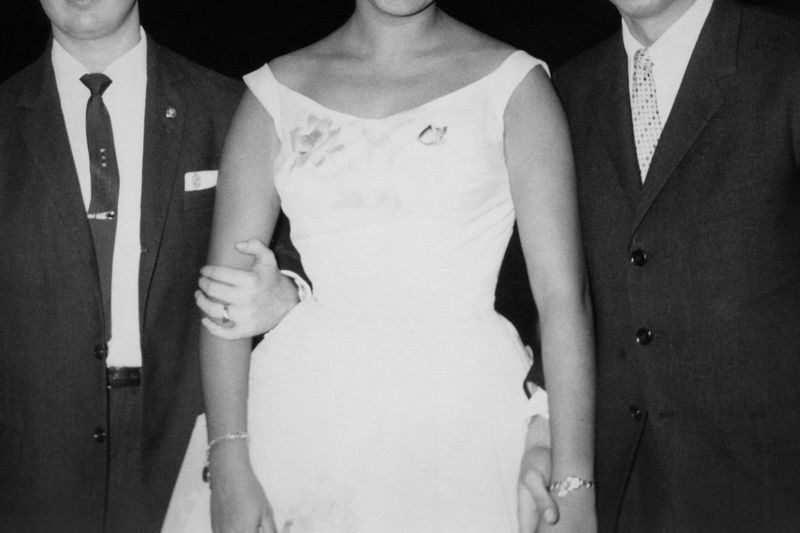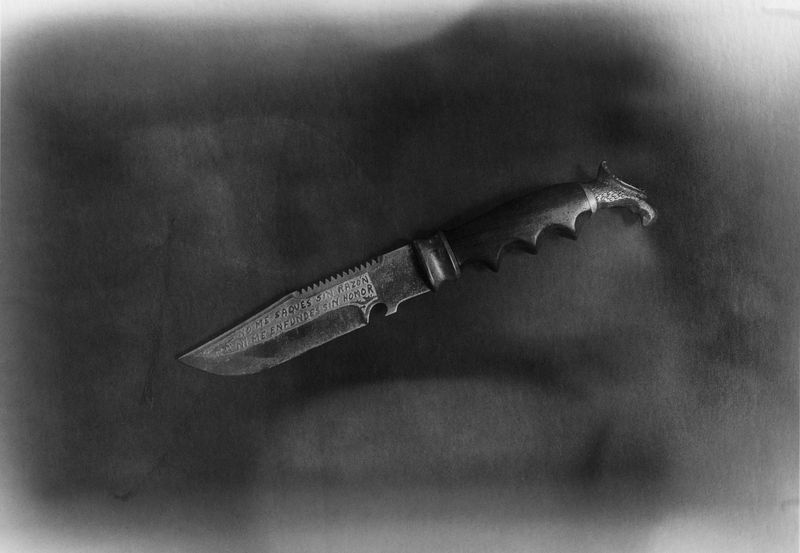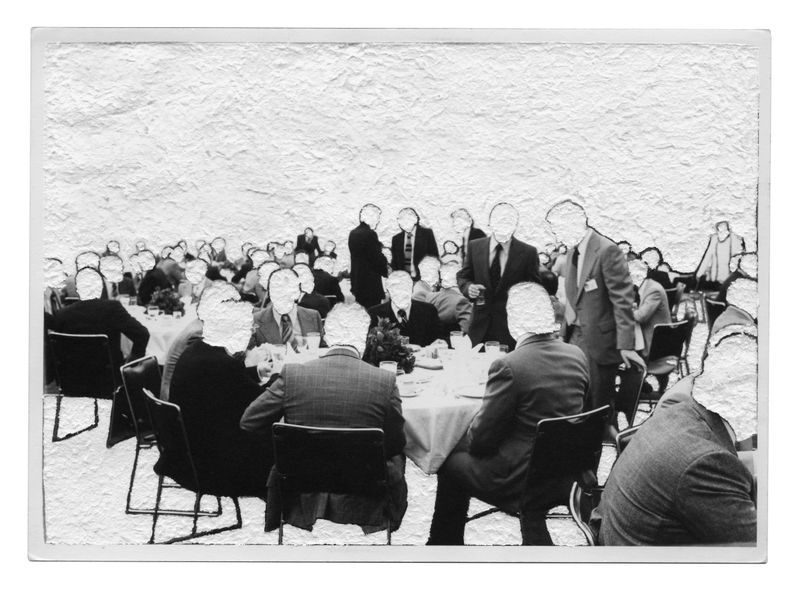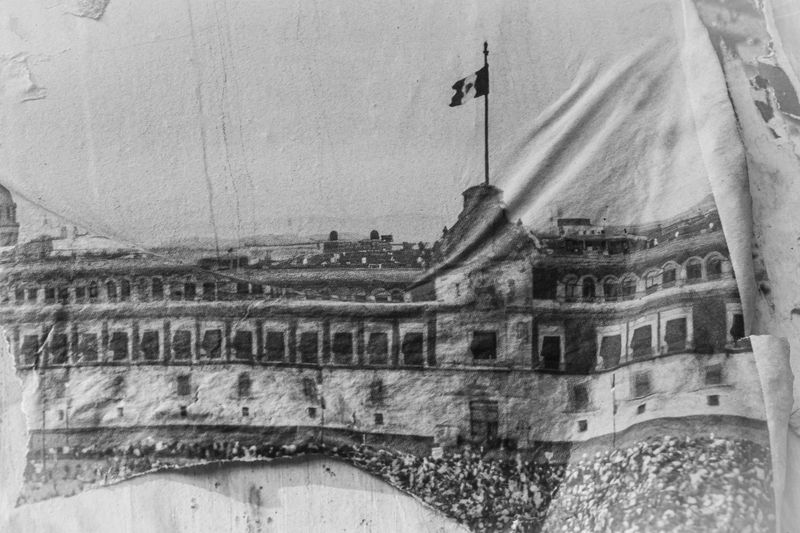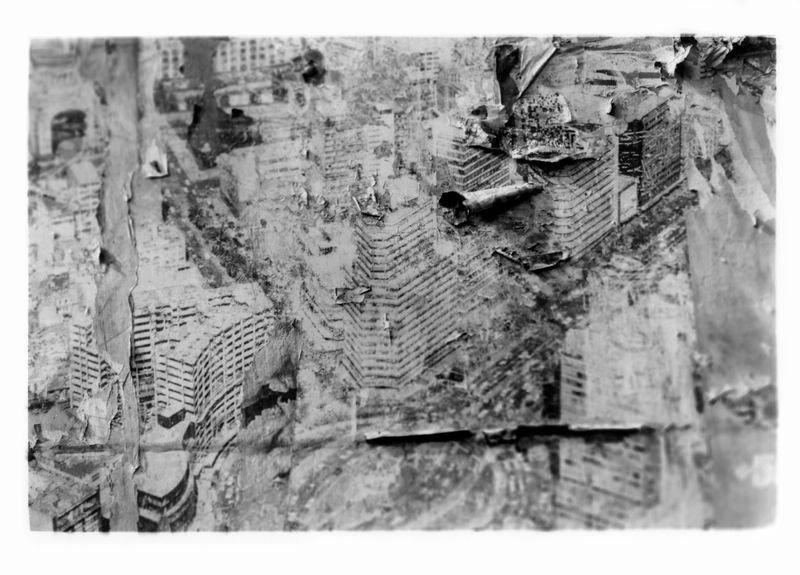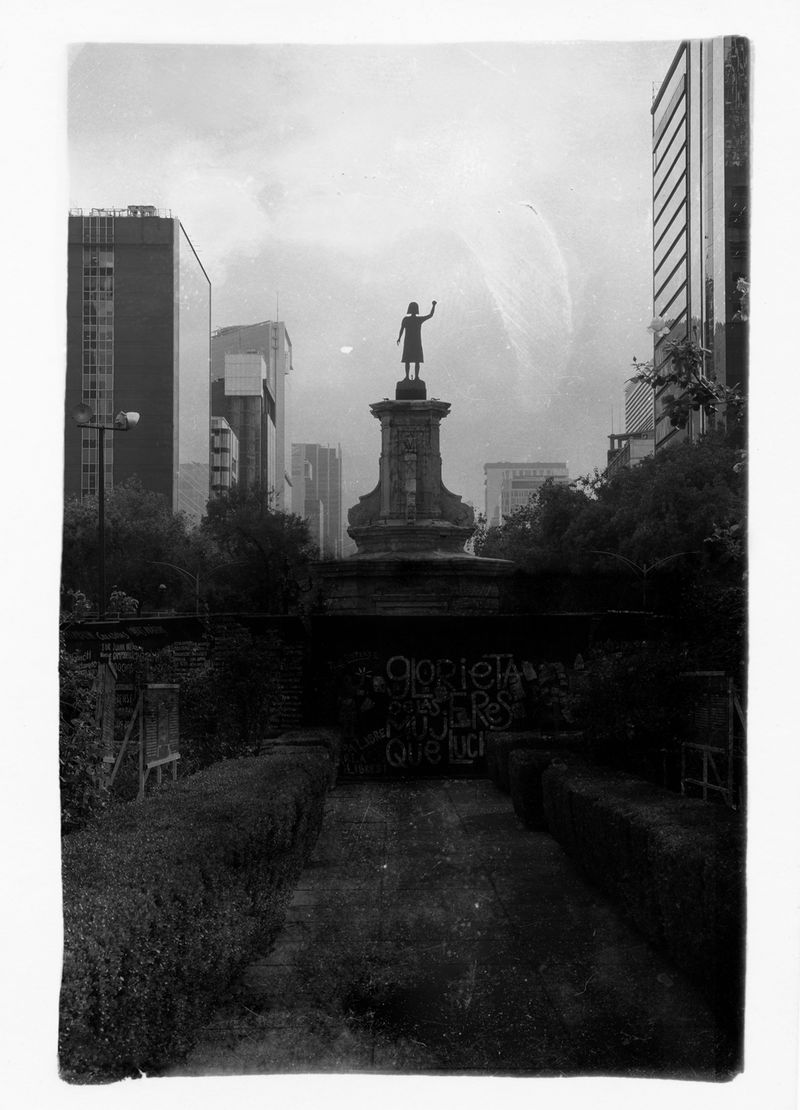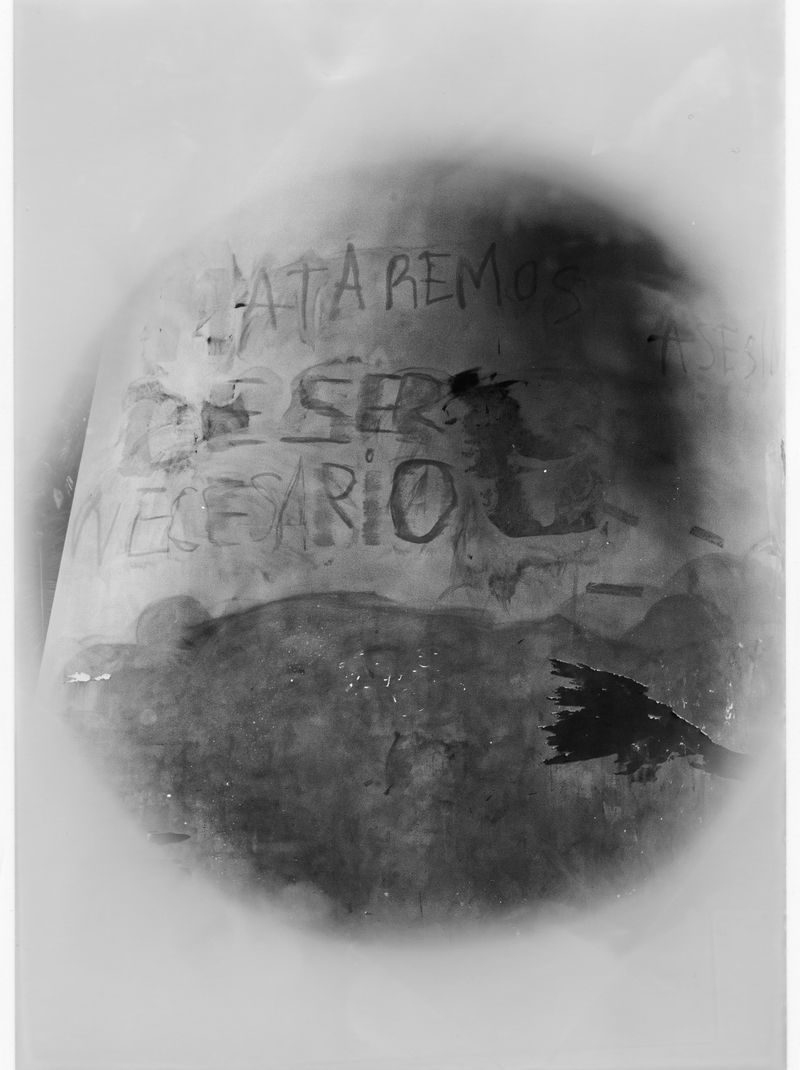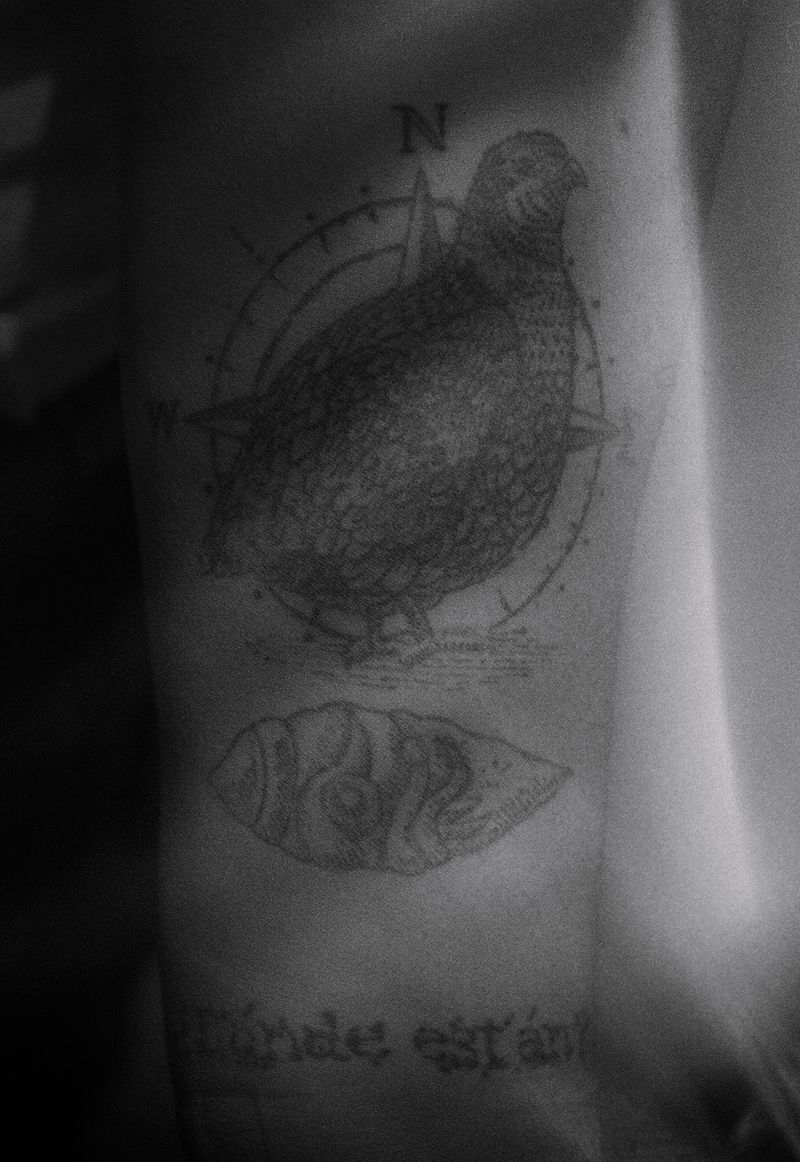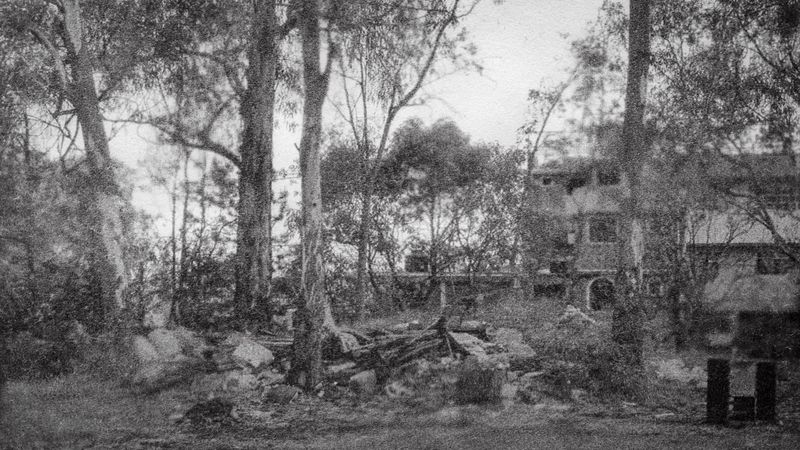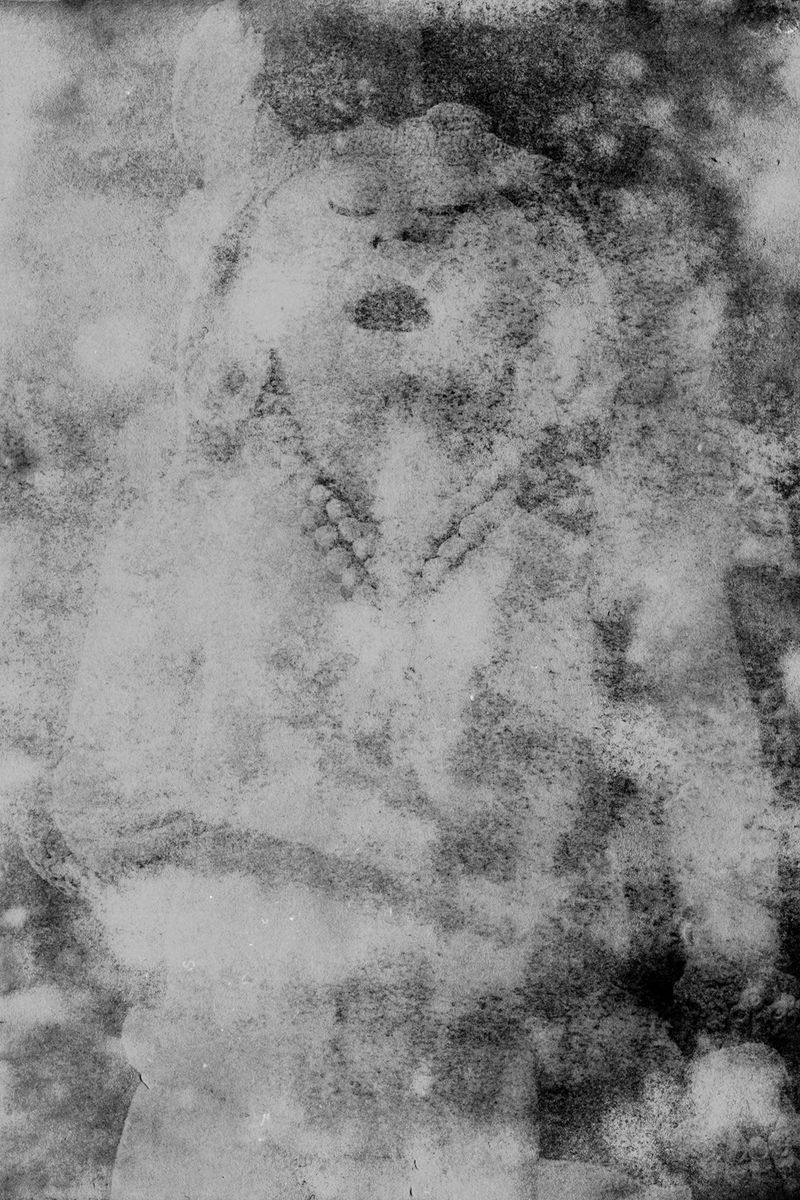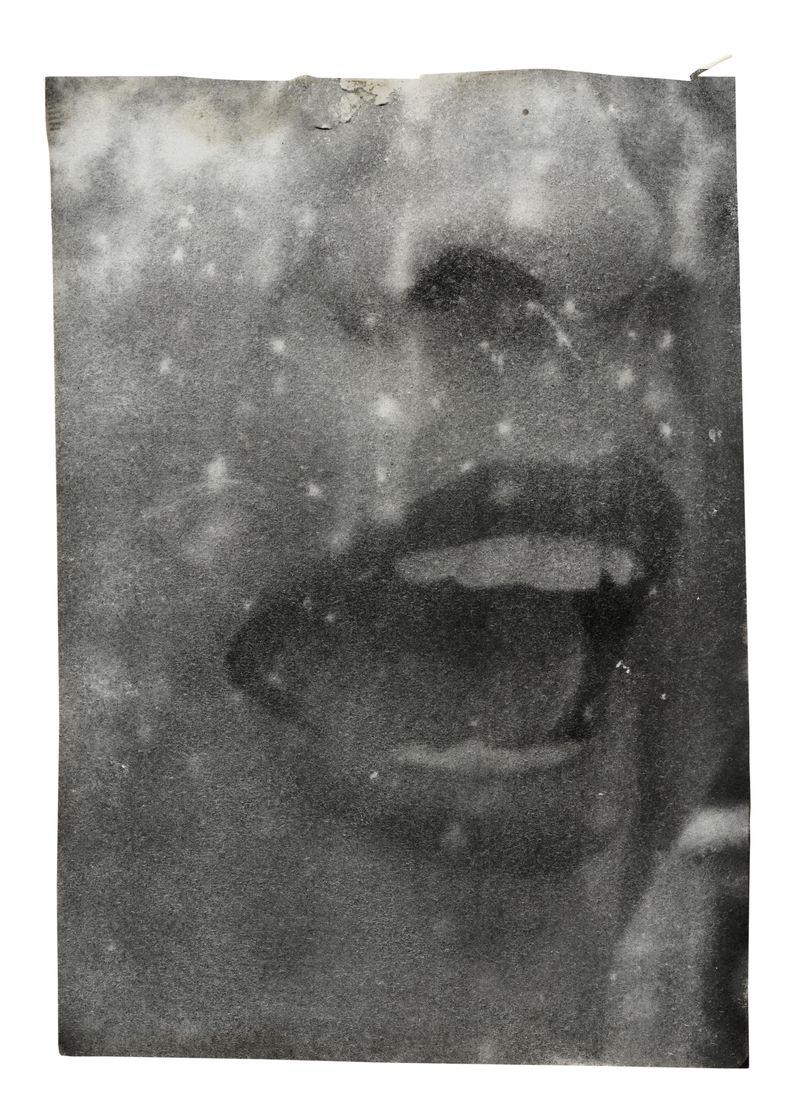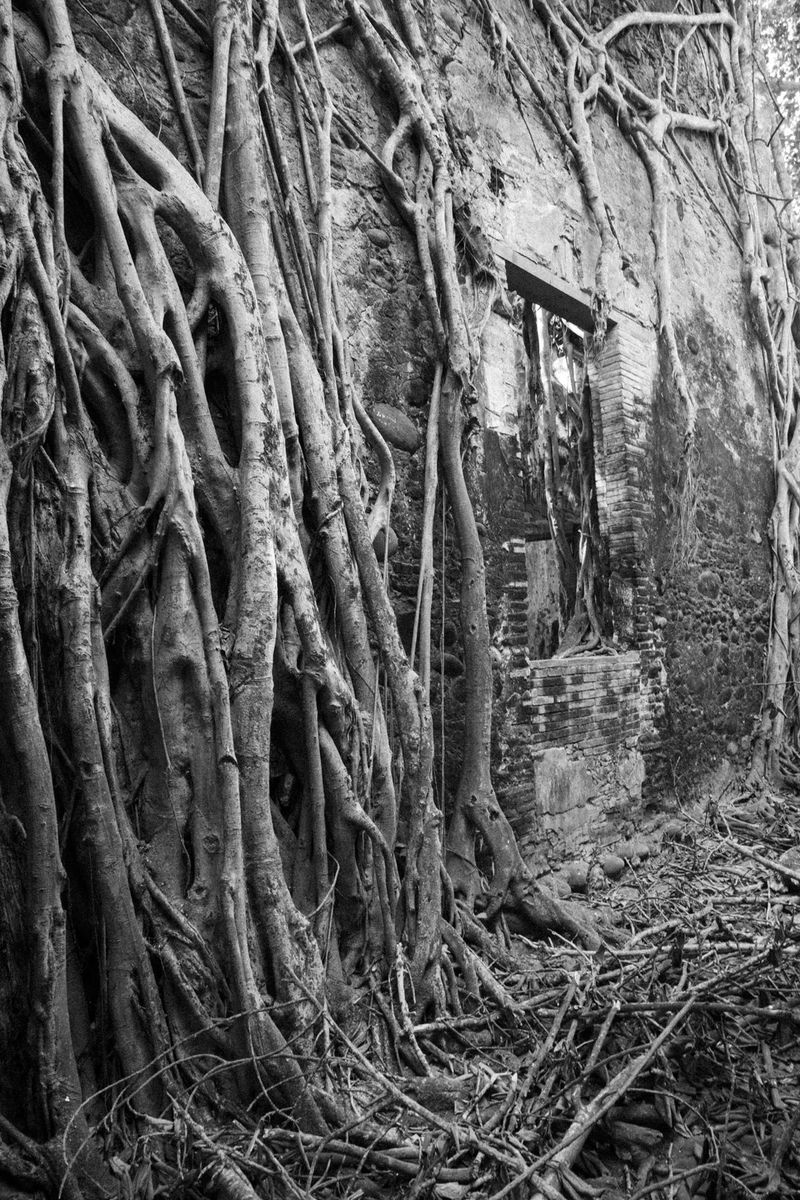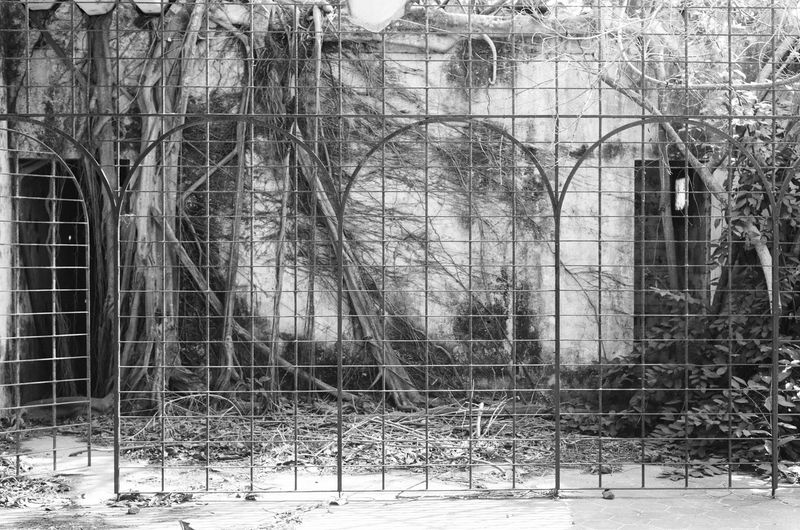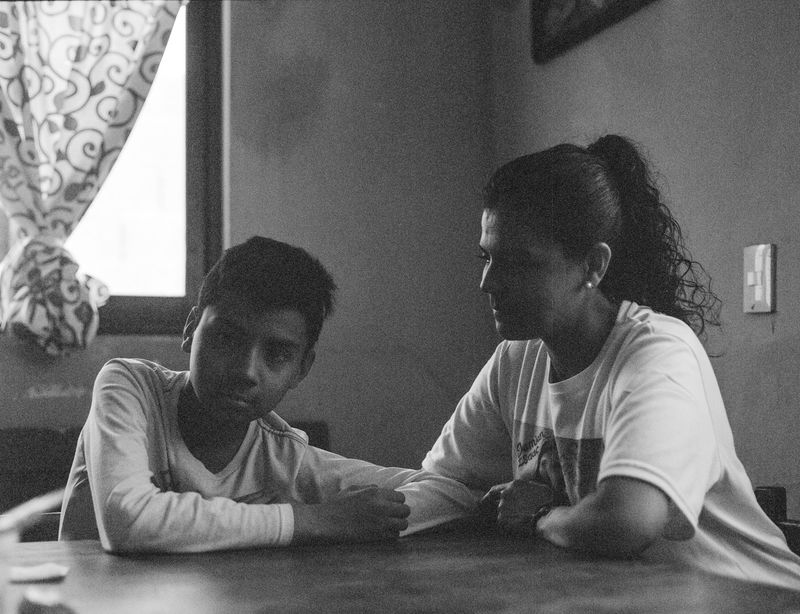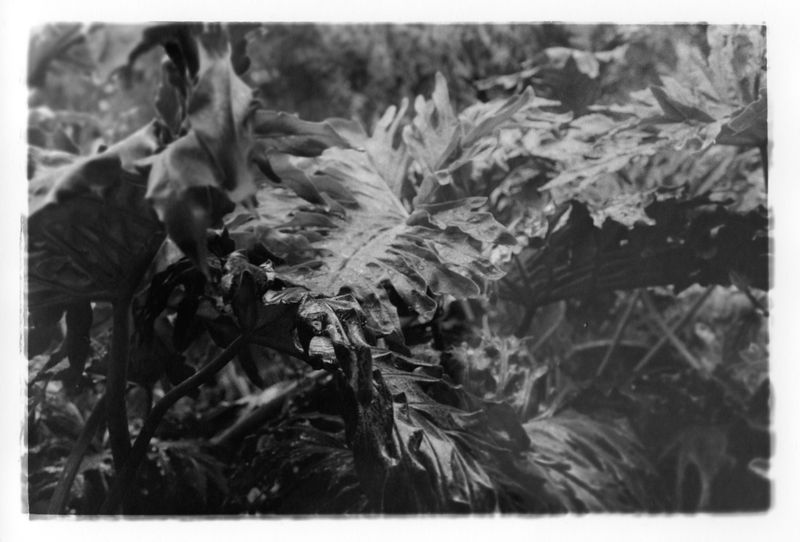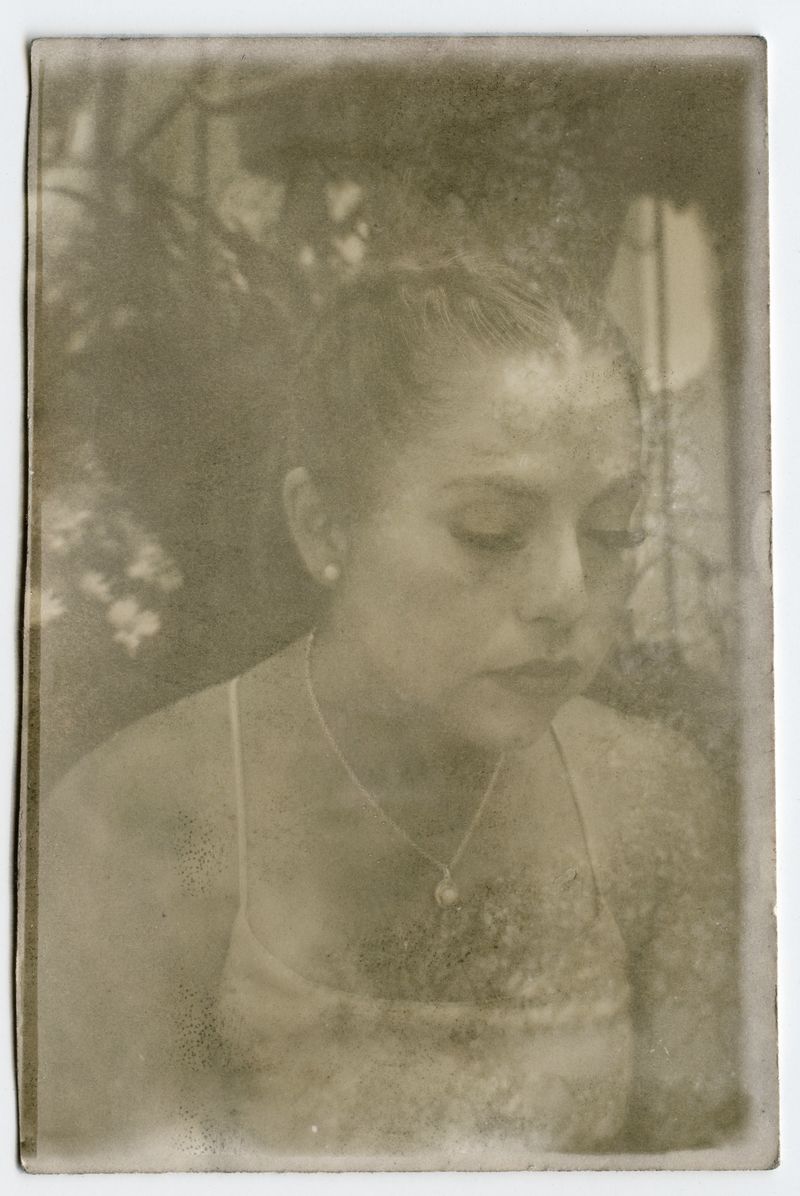L'Amour Amor
-
Dates2022 - Ongoing
-
Author
- Location Mexico, Mexico
This project addresses historical, cultural and economic issues that are at the root of femicides and violence against women in Mexico, and gives an overview of their evolution from the 90's until today.
Between personal experiences and political history, L'Amour Amor(*) will combine documentary photography and an artistic approach.
With this project, I am interested in the historical, cultural and economic issues that are at the root of femicide and violence against women in Mexico, as well as the consequences of this type of violence and what the “after” of an attempted femicide means.
Articulating personal stories, testimonies, my own memories, photographs and archive images, I seek to show how these personal stories are confronted with “reality”, and in particular with the mediatization of “reality”, and what they bring to light: the obstacles these women face in daily, to survive in a continuum of violence that exists well beyond the family and the couple, but also, the resilience and resistance that are built in order to face domination.
(*)"L'Amour Amor" pronounced in French: "L'amour à mort", is an expression that means Love Till Death.


